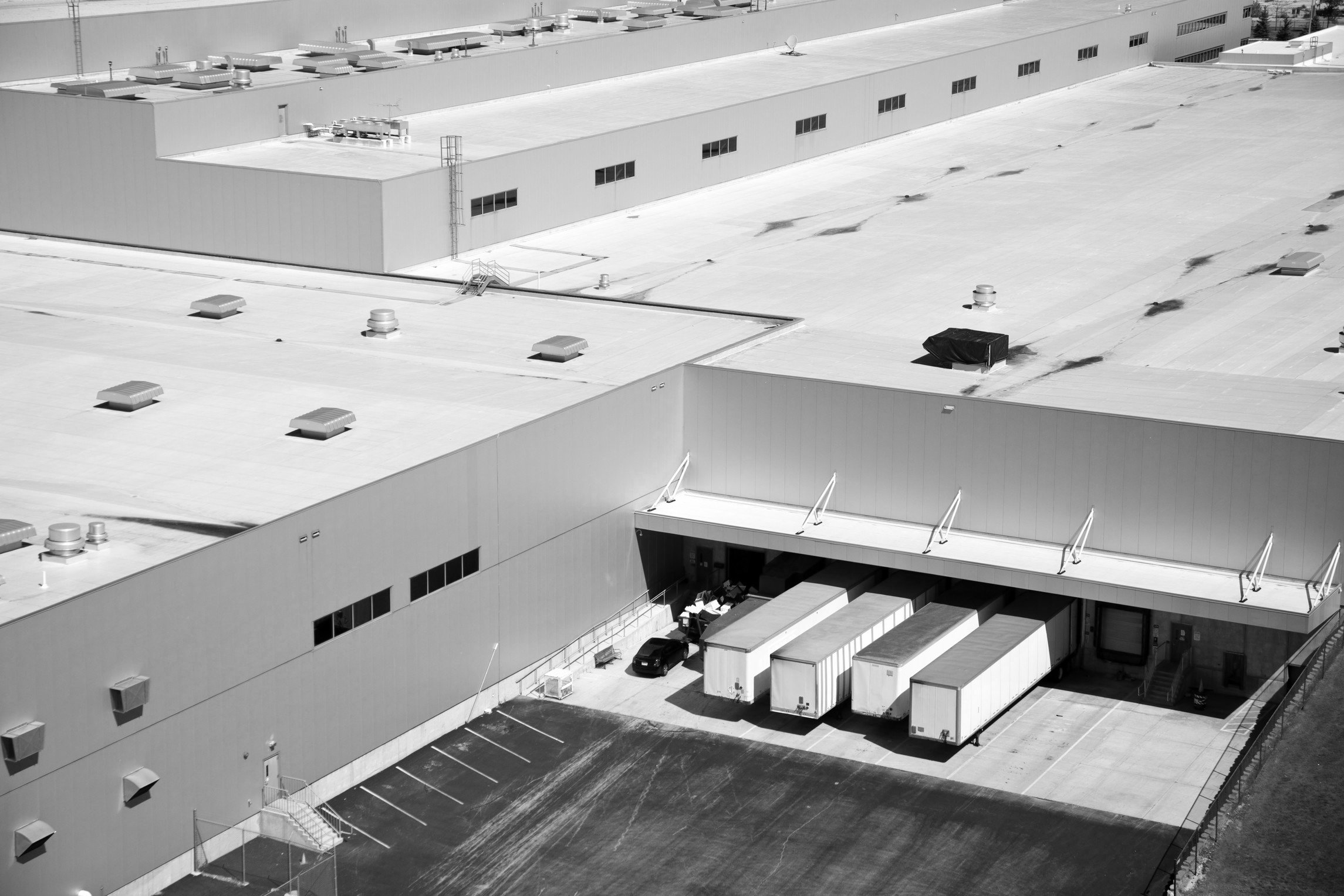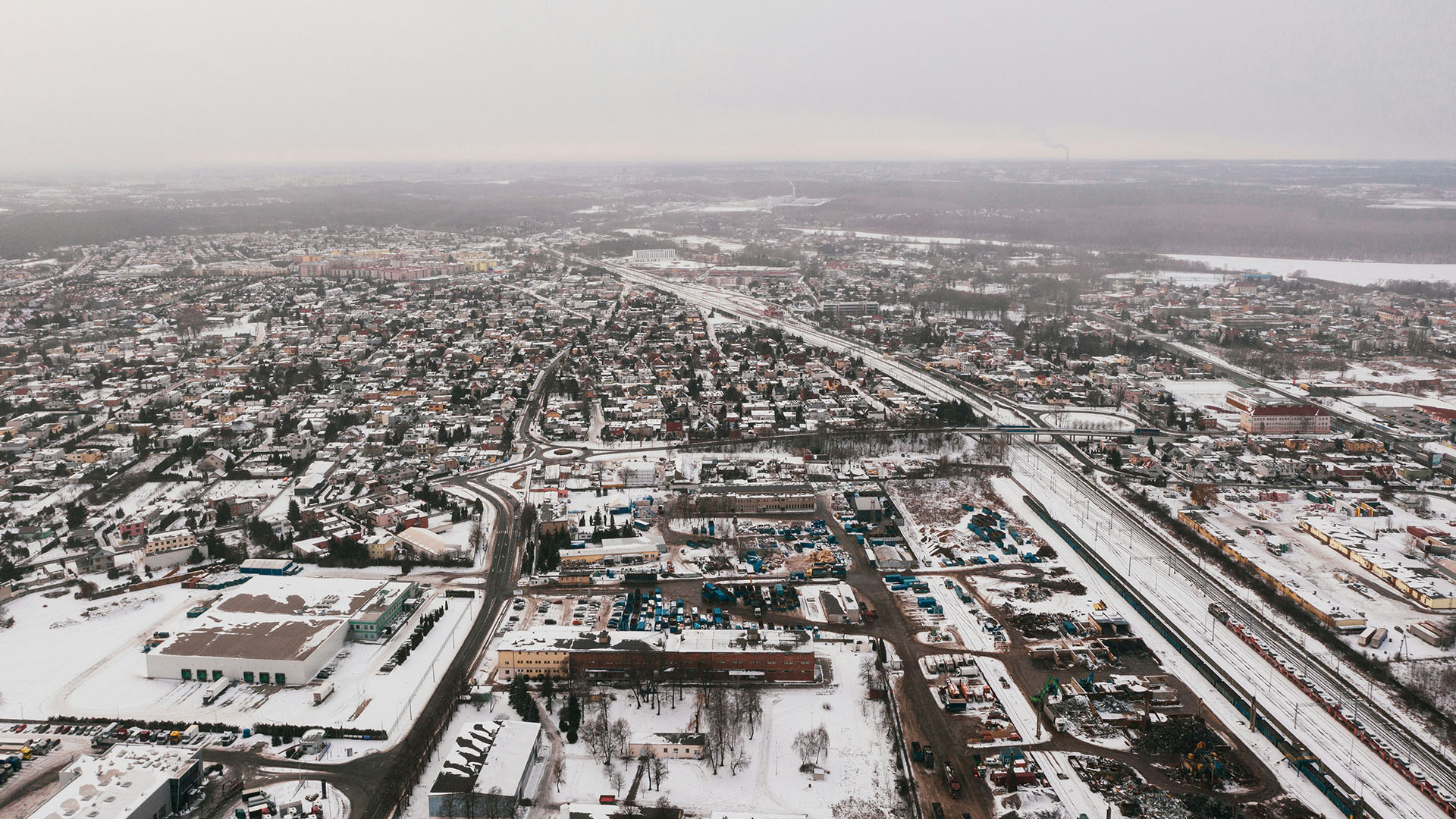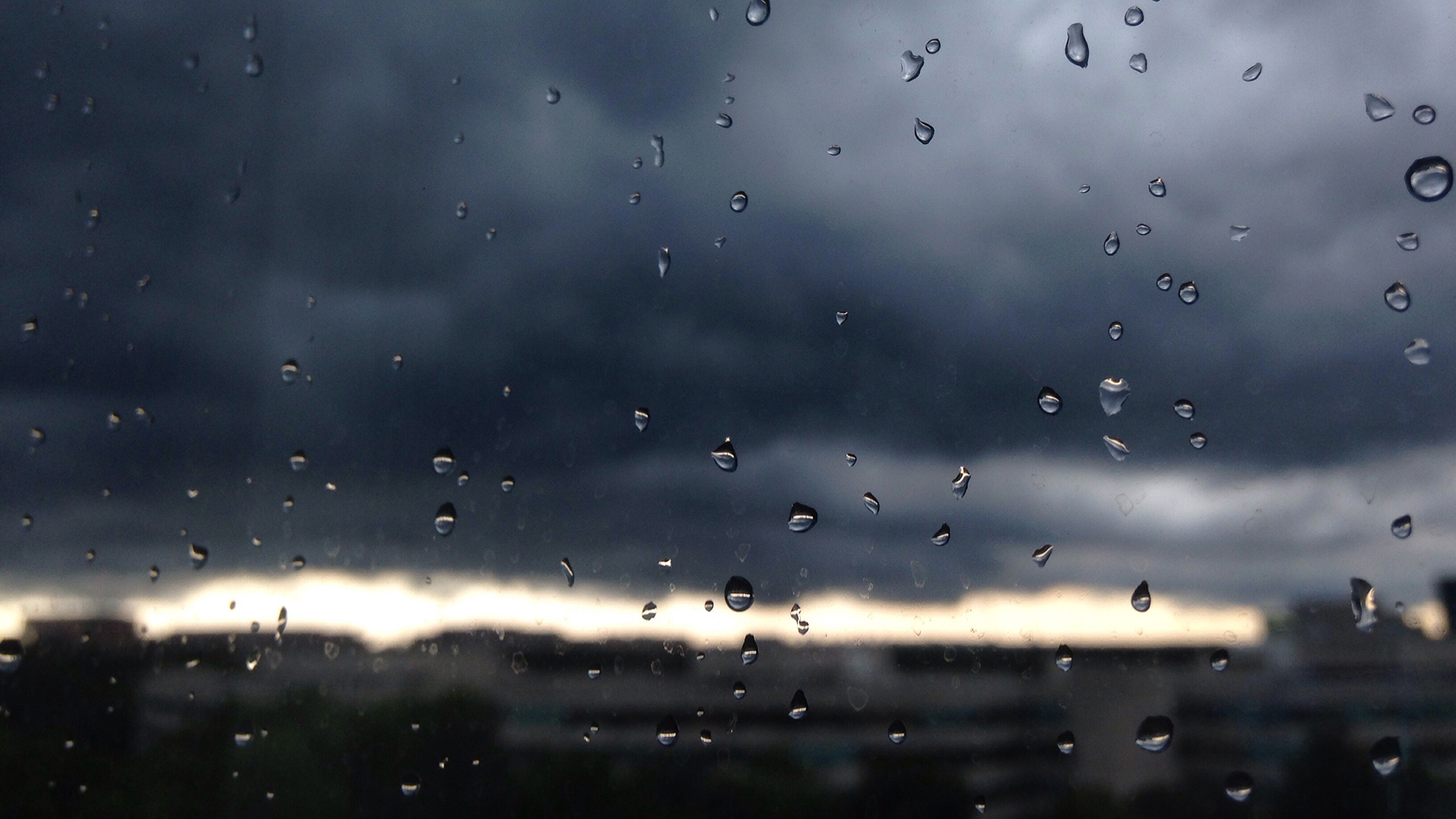Roofing | May 16, 2024
Oh, Hail No: Roofing Tips for Severe Weather Season
Even a minor hailstorm can compromise your commercial roof’s integrity, making it essential to conduct a thorough inspection after any such event.
According to the National Oceanic and Atmospheric Administration’s (NOAA) National Severe Storms Laboratory (NSSL), any hail one inch in diameter, about the size of a quarter, is considered severe but even smaller-sized hail can do damage under certain conditions.
Tips for In-House Roof Inspections After the Storm
Inspect your commercial roof carefully once conditions are safe, looking for typical hail damage signs like cracks, indentations, or punctures in the membrane. While this damage may be common, it can be far from harmless and should be addressed immediately.
If there’s no visible damage, don’t overlook other areas like HVAC units, gutters, flashings, and vents. Use a magnifying glass to spot small chips and fractures.

You’ll also want to examine the adhesive layer that holds the membrane and insulation together. Hail can weaken this bond, potentially leading to the complete detachment of the roofing membrane over time.
Hail damage isn’t always obvious. Hidden damage can leave your roof susceptible to leaks and further impact damage. Hail can also reduce the lifespan of your roofing membrane and wreak havoc with the insulation. What begins as minor hail damage can escalate to significant issues that require prompt action.
How Concerned Should You Be?
Your level of urgency may vary depending on whether your site is located in a severe hail or very severe hail zone, as well as the size of the hail stones reported during the weather event.
Thinner membranes, particularly those less than 60 millimeters (mil), do not perform well against impact, and older thermoplastic membranes may become brittle. For optimal membrane performance in very severe hail zones, you’ll want to have roof membranes thicker than 80 mil.

If you have a cover board installed with your roof it can prevent total loss of the insulation package, enhancing the roof's resilience against hail damage.
And while hail strikes may be unsightly on a metal roof, they typically perform well regarding waterproofing protection. However, it is important to watch for corrosion over the long term when the paint coatings are compromised.
Get Objective Input from a Building Envelope Consultant
The tricky part with hail damage is that roof leaks may not present themselves right away. Nipping things in the bud and preventing small problems from becoming big ones is your best strategy for long-term commercial roof success.
Conducting annual roof inspections, especially before and after the severe weather season, is crucial to monitor for changes in the membrane condition and to observe and identify new storm-related damage.
Signs of hail damage on a commercial roof are often evident, such as dents and divots post-storm. That said, an experienced roof observer or consultant can distinguish between old and new damage, but all indentations require urgent attention. Hail may also scuff the surface of shingles, causing granular loss, which can be spotted in gutters and downspouts.
A commercial building envelope consultant and facility performance expert like Mantis Innovation can ensure that your roofing concerns due to hail damage are addressed effectively and objectively. Along with regular roof assessments, forensic roof investigations and moisture analysis are crucial in detecting even the most inconspicuous damage.
By getting objective third-party guidance from a consultant, you can be sure that the right commercial roofing materials are specified and ensure that any repair work maintains the manufacturer’s warranty.
Moreover, a good consultant will have expertise in handling insurance claims, ensuring you receive fair value for any damages incurred. If your roof warranty includes additional hail coverage, this can influence the repair approach, as most warranties cover hail up to 1 to 2 inches, with larger hail stones—3 to 4 inches or more—often requiring additional costs and riders.
How to Know If Your Consultant Is Worth Their Salt
Fortunately, there are professional organizations like the International Institute of Building Enclosure Consultants (IIBEC) and Haag Education that certify building envelope professionals who are both educated and experienced in observing and identifying things like hail damage. Mantis has multiple Haag-certified inspectors and many Registered Roof Observers (RRO), Registered Roof Consultants (RRC), Registered Exterior Wall Observers (REWO), and Registered Exterior Wall Consultants (REWC) on staff. These individuals are the most qualified people to not only inspect your buildings for hail damage but to scope, design, and deliver repairs, rehabilitations, and replacements.
Unfortunately, roof replacement may become essential depending on the roof’s age, condition, and materials. An old or worn-out roof might require complete re-roofing after just one hailstorm. However, many commercial roofs are replaced prematurely. Depending on the severity of hail damage, restoration may include a new coating system to extend the service life of the roof covering.
A commercial building envelope consultant like Mantis can right-size your repair or replacement project and keep it aligned with your long-term budget forecast.
Concerned about hail at your facilities? Talk to a Mantis pro now.
Related Posts
Discover more content and insights from Mantis Innovation

7 Key Intersections Between Architects and Roof Consultants
If you’re an architect working on large-scale commercial buildings like manufacturing plants or distribution centers or your client simply has many buildings in their portfolio, having an independent

Winter is coming: Is your sustainability strategy ready?
From increasing resilience through extreme winter weather to maintaining reliability in outage-prone areas, today’s leading sustainability strategies help facilities not only improve their carbon

Roof Tips for Severe Weather Season: Before & After
As an independent roofing consultant specializing in planning and managing roofing construction projects for commercial building owners and operators, I cannot stress enough the importance of

5 Key Benefits of Starting Roof Design Projects Early
As a commercial building owner or operator, you know that your roofs are one of the most important facility assets across your portfolio. They protect your building from the elements, keep your